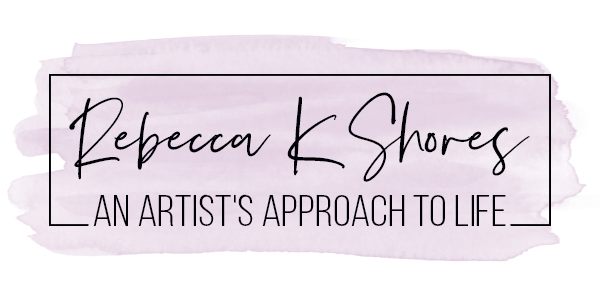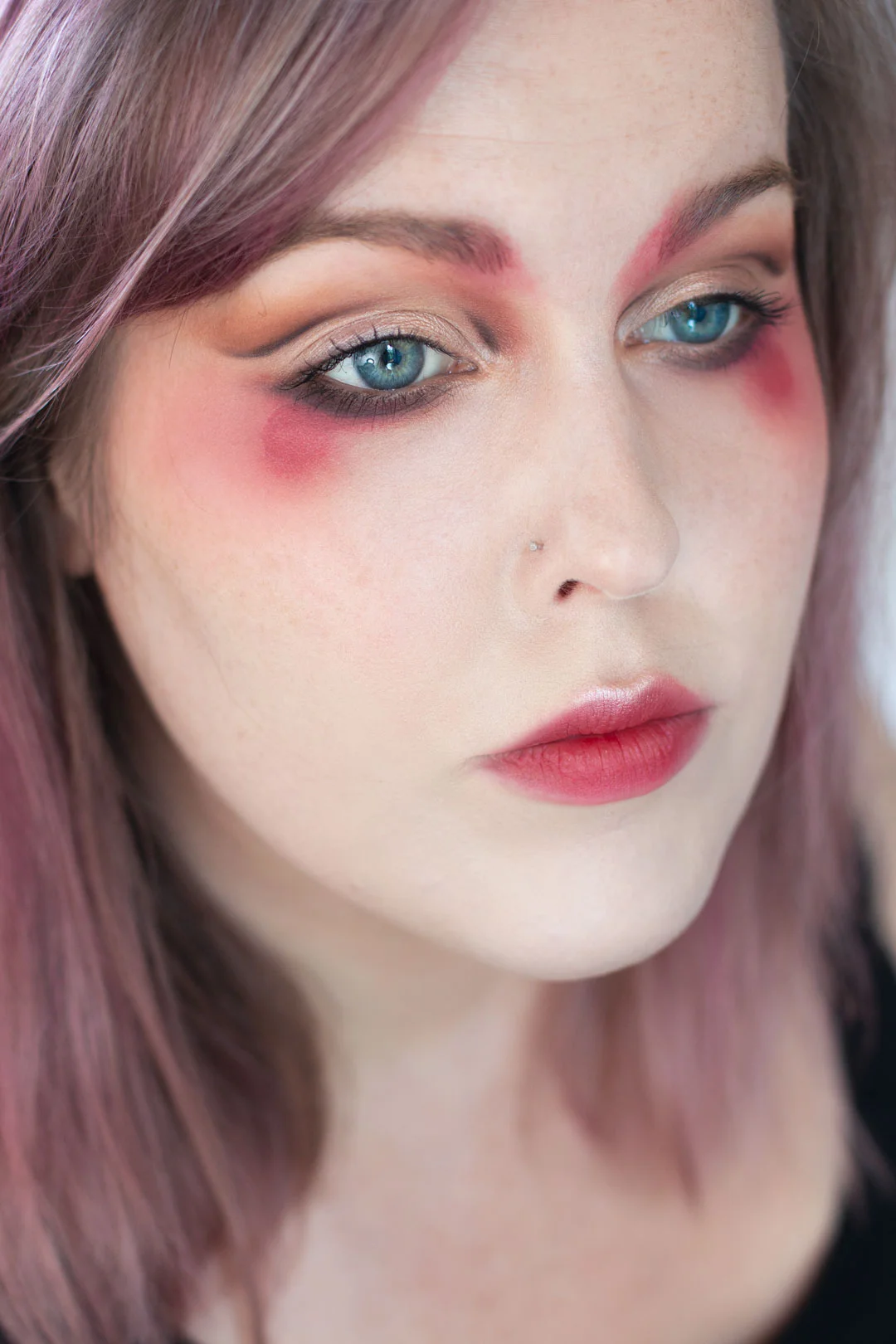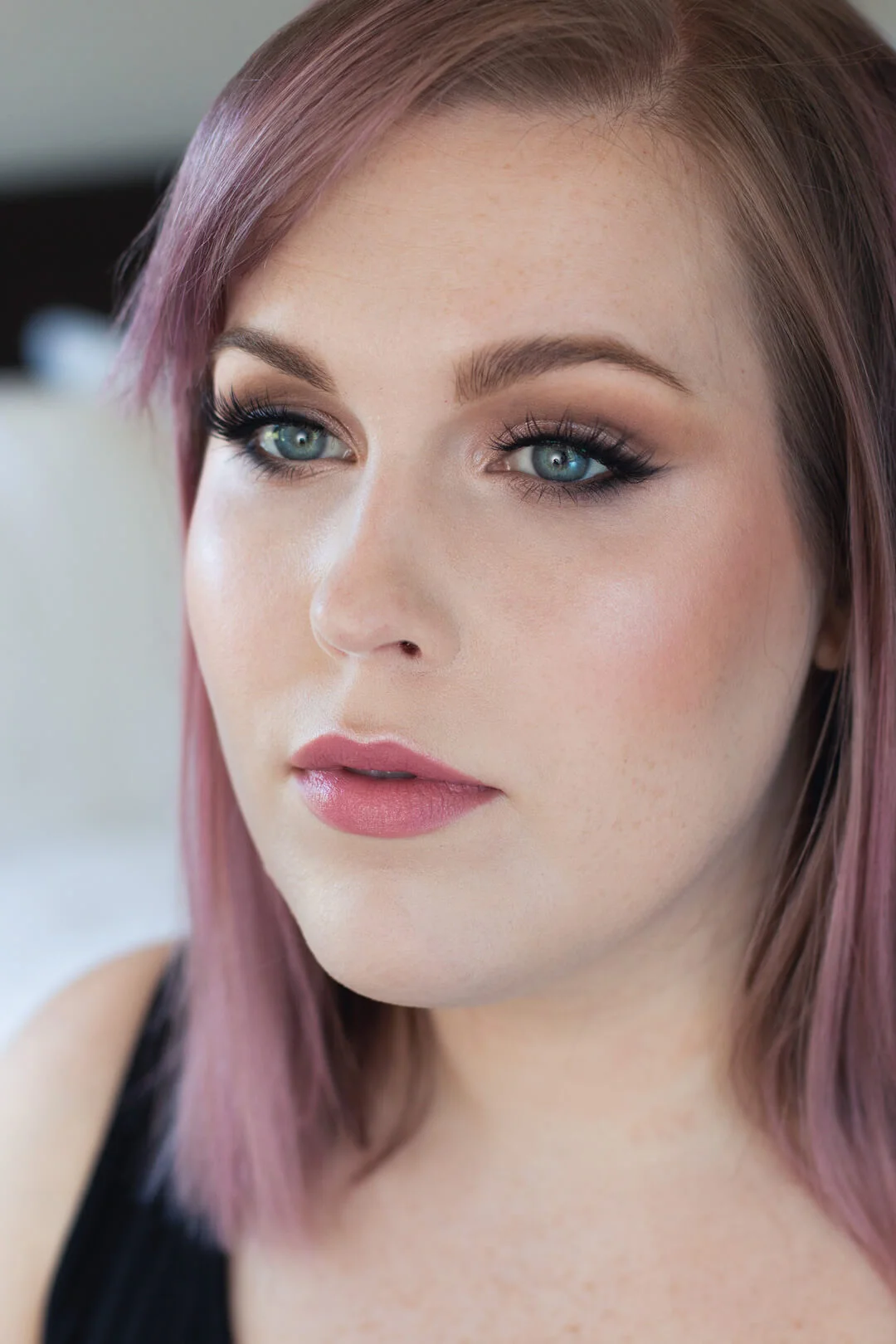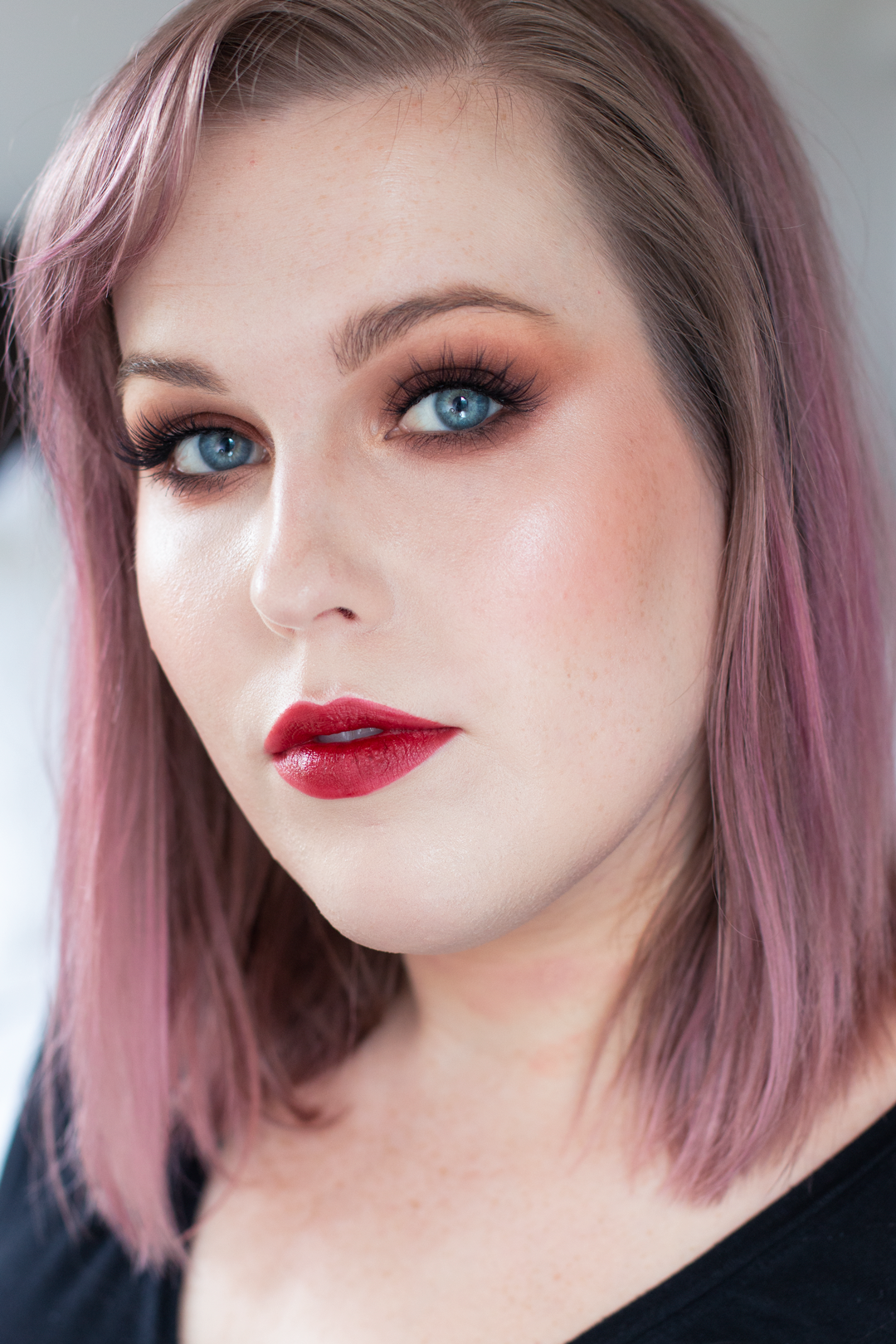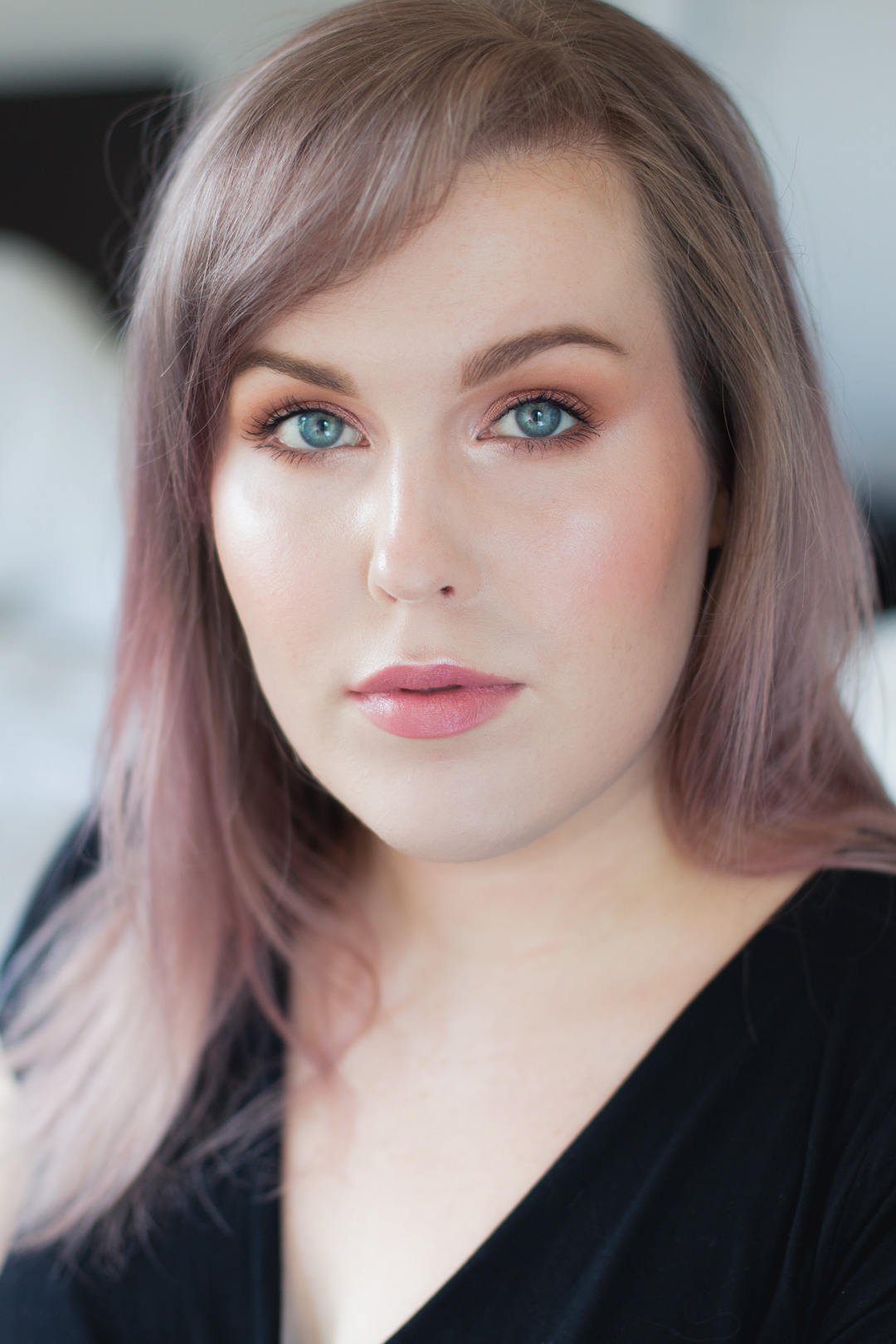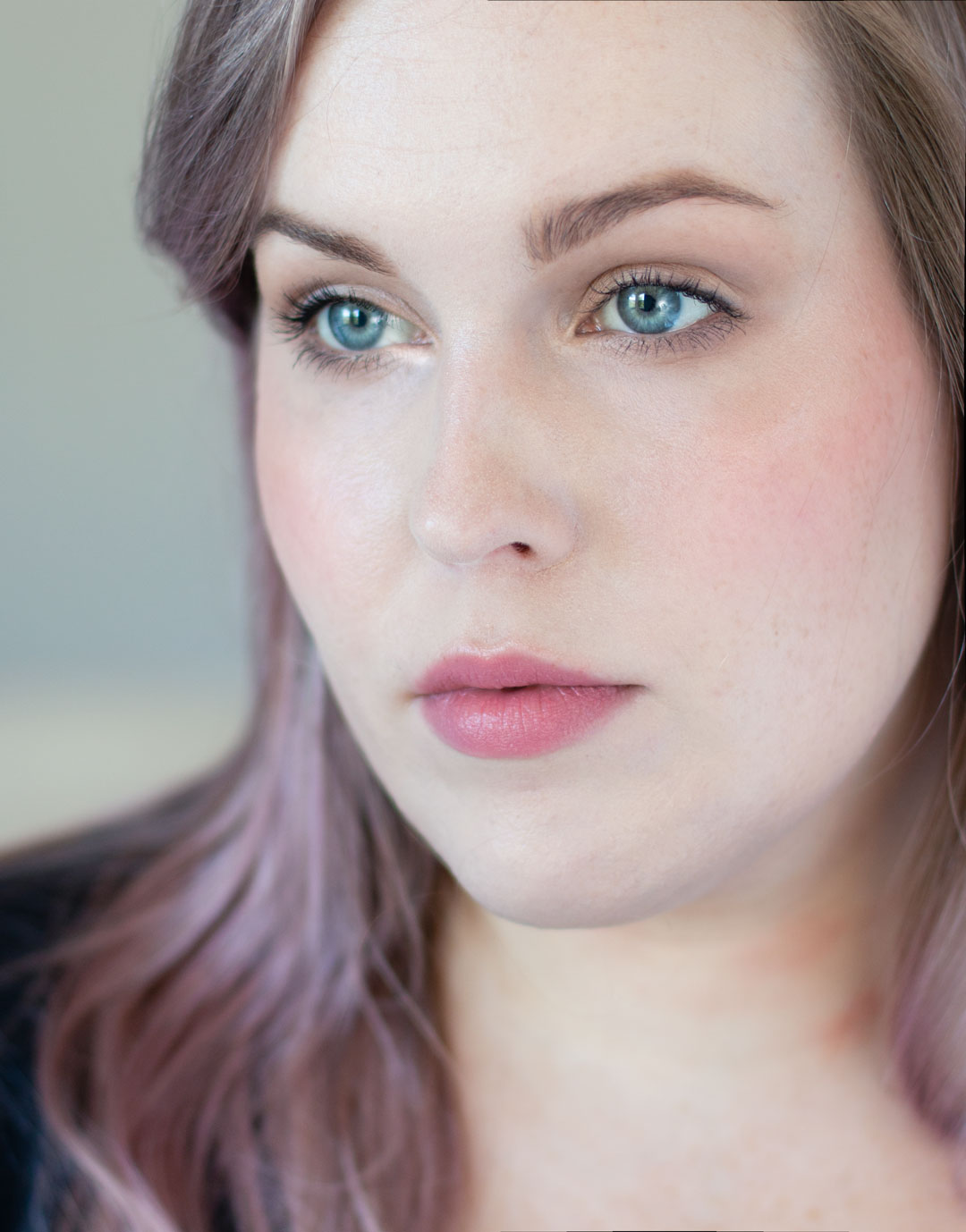Color theory - The Basics: Color Wheel, Mixing and Warm and Cool Colors
Color theory - The Basics
Color Wheel, Mixing and Warm and Cool Colors
I am going to teaching you about color theory and tying it into makeup. I have been wanting to find a way to tie my fine arts background into my makeup tutorial, so I figured a in depth series on color theory would be best. Let's get started on this color theory basics, the color wheel tutorial!
Let’s talk about colors.
Primary colors
To start off we’re going to talk about the Primary colors. In these tutorials we're going to be talking about color as pigment, so our primary hues are Red, Yellow and Blue. Spectrum colors cannot be made by other pigments (for example, a spectrum blue will reflect a pure blue wavelength of light), so they will create the other hues we see when using pigment. Primaries do vary depending on what your medium is. For example, process colors, what printers or things with ink use are CMKY. Cyan, yellow and magenta are its primaries. It’s a subtractive color, like painting or makeup, so that means it absorbs colors the colors from light to create colors by reflecting just one wave length. I’ve actually found that lip tars mix best when using process colors. The primaries for LED screens, TV, etc are RGB, which has Red Green and Blue as primaries. RGB is an additive color, so it adds light together to create colors. To keep it simple and easy to understand we’re going to be talking about Red, Blue and Yellow pigment primaries in this tutorial.
Secondary colors
Now that we got our primaries Red, Blue and Yellow, we can then make our Secondary colors. When you mix equal parts of two primaries you get your secondary colors. For example, an equal part red & blue will give you violet, mix yellow and blue and you get green and red and yellow and you get orange. Now we have our secondary color wheel, so Orange, Green and Violet. One thing to keep in mind with both makeup and paints is due to chemical limitations sometimes mixing two colors can muddy when you mix two get secondary colors.
Tertiary colors
Lastly, we have Tertiary colors. Tertiary colors are made from mixing a secondary color with a primary color. For example, mixing an equal amount of red & violet and you get red-violet, which is a gorgeous color. Now we have red-violet, red-orange, yellow-orange, -yellow-green, blue-green, & blue-violet. So now we have 12 hues in total, which we’ll be working with for the rest of the tutorials. Obviously there are a lot more colors between each tertiary color, but in terms of theory tutorials we’re only going to be talking about these hues.
Warm/Cool colors
I also want to touch on warm vs cool colors. Warm colors typically look like they are coming forward and cool colors look like they recede which you can see in this example. This concept is more important in painting, but in beauty makeup you can keep this in mind for highlight/contouring, you may have a cooler color on the edge of your eyeshadow for halo eyes with a warm in the center to really bring that forward. Reds, oranges and yellow are typically considered warm colors and blues, greens and violets cool colors. While this is true, keep in mind that each color itself can be warm or cool.
For example here are a warm red, blue and yellow while these are a cool red, blue and yellow. I’ll be going over this more in the undertones tutorials, but it’s important to understand that now every orange is warm and not every blue is cool. When I paint I like to have both a warm and a cool tube of my primary and secondary colors.
Warm primaries on top and cool below
For an example two blues I frequently use are Ultramarine and Phthalo blue. Ultramarine blue is a warm blue while Phthalo (Phthalocyanineblue is the full pigment name) blue is a very cool blue. Phthalo is my FAVORITE out of the tube color. Understanding that each color can be cool or warm will help with undertones later and also color pairings in upcoming tutorials.
Phthalo blue on top and Ultramarine below
To try and keep these tutorials from getting too long and overwhelming I am going to wrap up this post. I hope you guys found this helpful, even though it was feeling a bit like a throw back to kindergarten. I want to make sure you have the foundations before going to the next tutorials since I don’t know what skill level you guys are at. There also a makeup tutorial on mixing custom lip colors coming next in this series and the next theory tutorial will be on warm and cool colors so make sure to subscribe so you don’t miss it.
-Rebecca

